Some months ago, I showed you how to speed up allocating Service Item Lines to resources in the Visual Service Scheduler (VSS) for Microsoft Dynamics NAV.
But that is by far not all the order backlog of the VSS offers in terms of gaining more clarity and thus being able to allocate tasks to resources quickly, comfortably, and unerringly. Read today about three useful options of structuring your order backlog so that no matter which planning situation you are in, the orders shown will always fit this situation.
Recap: Drag & drop scheduling of service orders and resources
As most of you already know, resource allocation is done by moving Service Item Lines from the 'not yet allocated' area to the service schedule - either from the service order backlog on the right to the service schedule or from the lower to the upper Gantt chart. Thus, new resource allocation entries are created.
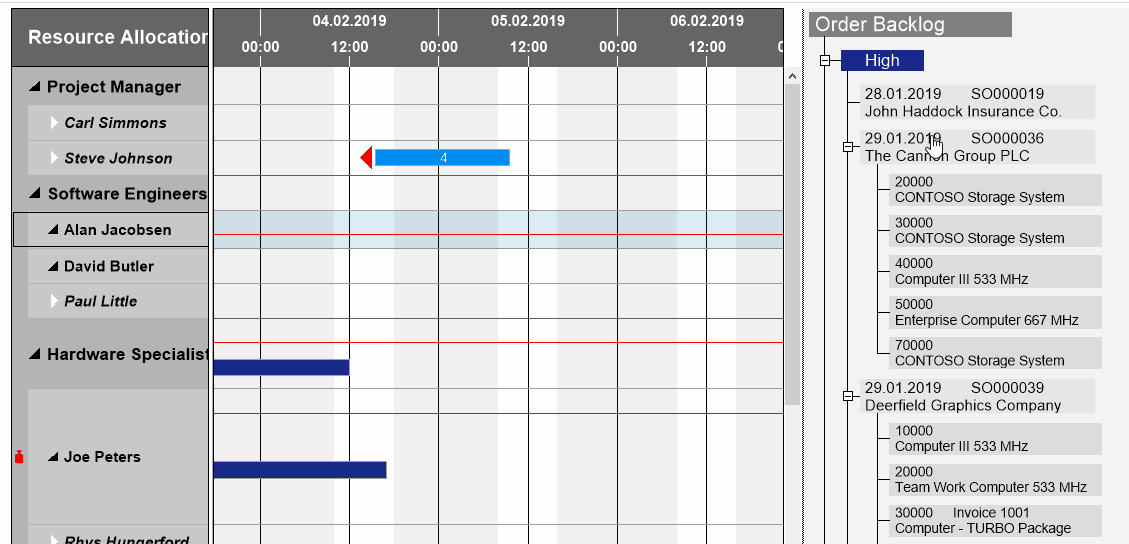
Vast order backlog might lead to a loss of clarity
The GIF of the above paragraph shows a pretty high stack of orders in which you could easily lose the overview. So let's see how using the options of the order backlog efficiently will help you to gain clarity.
#1 Collapse/Expand
Did you know that you can use the collapse/expand feature not only in the diagram area but also in the order backlog? This "small" feature may seem trivial to you, but it brings a lot of order to your backlog. So, show parts of your Service Orders you are currently focused on or hide others you don't want to see at the moment. Click the according icons ![]() to collapse or expand items in the order backlog.
to collapse or expand items in the order backlog.
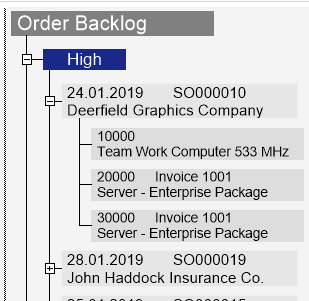
You can also collapse or expand by context menu, this at the same time giving you the opportunity of collapsing all nodes of the same level at once.
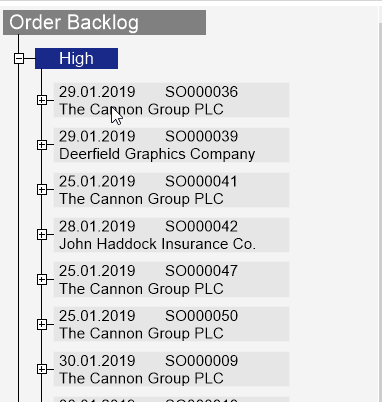
Specify the collapsing level
If you usually work with a certain collapsing level, you might as well "instruct" the VSS to always start with the order backlog collapsed to this level. The “Setup” dialog, allows to specify three levels, the meaning of the levels being as follows:
| 1 | = | Priority |
| 2 | = | Service Order |
| 3 | = | Service Item Line |
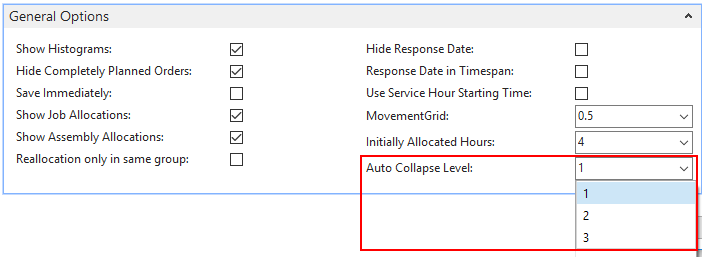
#2 Clear up the order backlog by hiding completely planned orders
Another useful little option is hiding completely planned orders. Usually, if all tasks of an order are planned, the order header still remains in the backlog. In the following screenshot you see that order SO000019 has no tasks anymore, i.e. it is completely planned.
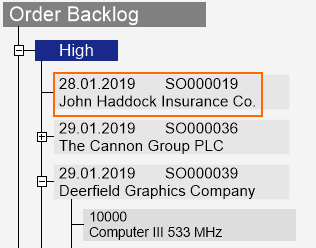
To bring more clarity to your order backlog you could hide the completely planned orders. Open the "Setup" dialog and tick the "Hide Completely Planned Orders" checkbox. After having saved your modifications you'll see that these two orders no longer appear in the backlog tree. Of course, they will reappear if you untick the box again.
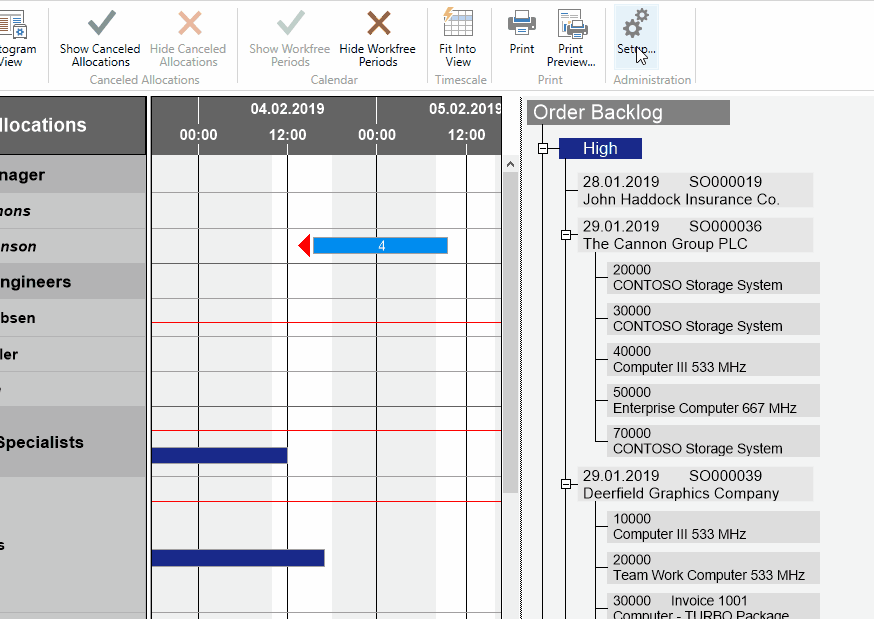
#3 Filter the order backlog
Make use of the filtering option to see exactly the orders you are currently focussed on. The VSS offers filters especially for the order backlog (to be reached from the "Setup" dialog:
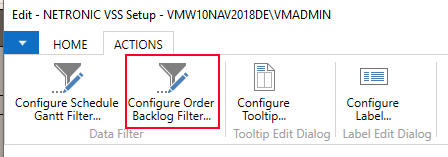
In the "Filter List" dialog you can create new filters or edit existing ones. Let's assume, you currently have to deal with the high priority orders. So, define a filter with the according settings:

And - whoosh! you only see orders of high priority:
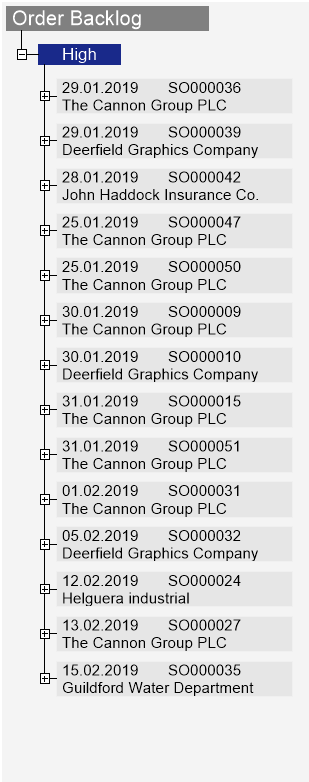
Conclusion
To sum it up, here are the three ways of keeping your order backlog in order:
- Collapse/expand
- Show/hide completely planned orders
- Filter
Use them for always staying on top of your backlog!
More information and further reading
- Watch a video about using the order backlog.
- Read how visual planning boards highlight service order scheduling with NAV.
- Get our free ebook about Visual Scheduling for Microsoft Dynamics NAV:

